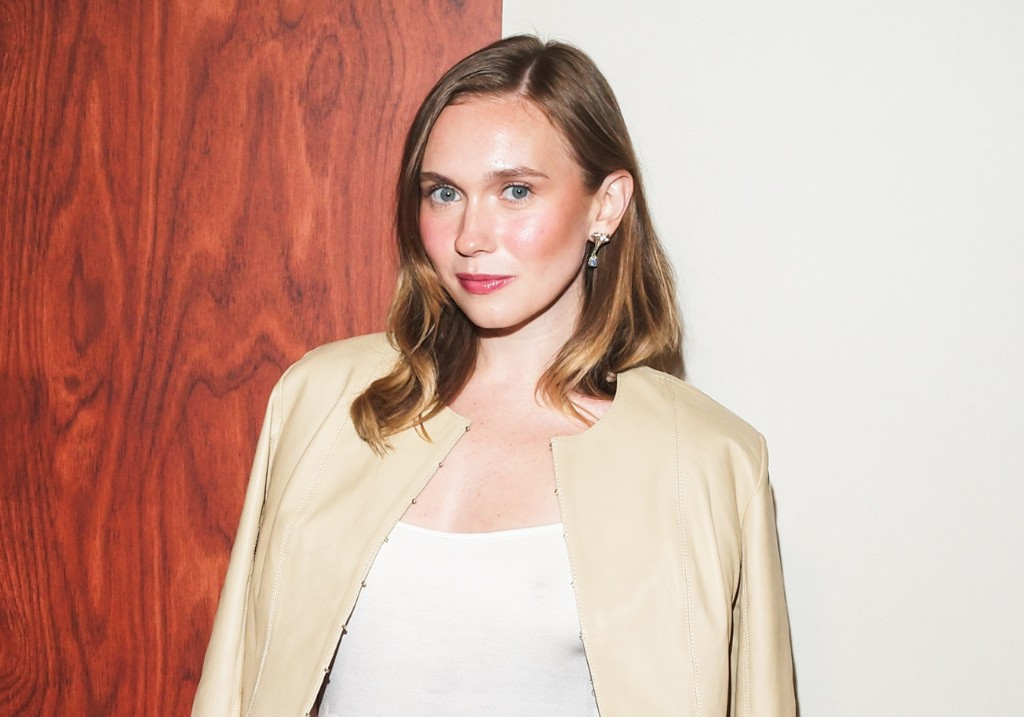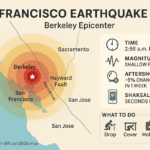After celebrating its monumental 50th season, Saturday Night Live is entering uncharted territory. The show just announced one of its most significant cast overhauls in years, with five new comedians stepping into Studio 8H while four beloved cast members have exited. At the center of this transformation is a bittersweet farewell to one of SNL’s most beloved digital comedy groups and the rise of a new generation of social media-savvy performers who represent the future of sketch comedy.

The most talked-about change involves Please Don’t Destroy, the comedy trio that has captivated audiences since 2021. Ben Marshall, who previously created viral digital shorts alongside John Higgins and Martin Herlihy, has been promoted to featured cast member. However, this promotion comes with a cost: John Higgins is leaving SNL entirely, while Martin Herlihy will continue as a staff writer. The end of Please Don’t Destroy as an on-screen unit marks the conclusion of one of SNL’s most successful digital comedy experiments of the past decade.
The Please Don’t Destroy Phenomenon That Changed SNL

Please Don’t Destroy burst onto SNL in October 2021, bringing their signature brand of lo-fi, self-deprecating humor to a show that had struggled to connect with younger audiences. The trio’s sketches, often featuring them in their supposed office interacting with that week’s host, became instant viral sensations. Their most memorable moment came when Taylor Swift famously described Ben Marshall as “a sad Ron Weasley” during a 2022 musical sketch, a line that became synonymous with the group’s awkward charm.
What made Please Don’t Destroy special wasn’t just their comedy—it was their authenticity. Unlike traditional SNL digital shorts, their sketches felt genuinely unpolished, shot on what appeared to be smartphones with shaky cameras and improvised dialogue. This aesthetic resonated with audiences raised on TikTok and Instagram content, making them one of the first SNL acts to successfully bridge the gap between television and social media comedy.

Their success wasn’t limited to SNL either. The trio released a feature film, “Please Don’t Destroy: The Treasure of Foggy Mountain,” in 2023 and maintained their own touring schedule. Now, with the group officially disbanded for SNL purposes, Marshall faces the challenge of establishing himself as an individual performer rather than part of a beloved comedy collective.
The New Generation: Digital Natives Take Studio 8H
The four other new cast members represent a fundamental shift in how SNL scouts talent, moving beyond traditional comedy clubs and improv theaters to embrace performers who built their careers on social media platforms.

Veronika Slowikowska stands out as perhaps the most intriguing addition. The 29-year-old Canadian comedian from Barrie, Ontario, has built a massive following with nearly 700,000 TikTok followers and over one million Instagram followers. Her comedy style, which she describes as “ugly comedy,” embraces awkwardness and chaos in ways that feel fresh for SNL. Her viral sketches often feature surreal scenarios—like smashing her face into a cake or throwing tantrums in driveways—that capture the absurdist humor dominating social media.
Slowikowska brings legitimate acting credentials to SNL, having appeared in “What We Do in the Shadows,” “Tires,” and the Canadian series “Davey & Jonesie’s Locker”. As the only woman among the five new cast members and the only Canadian, she represents important diversity in the cast during a time when SNL has faced criticism for its gender balance.
Jeremy Culhane arrives with impressive digital comedy credentials, having built his reputation through Dropout TV (formerly CollegeHumor) and viral TikTok content. His background in structured digital comedy shows and experience with the Upright Citizens Brigade provides him with the sketch comedy foundation that many social media comedians lack. His addition signals SNL’s recognition that digital platforms are producing genuinely skilled sketch performers, not just viral moment creators.
Tommy Brennan and Kam Patterson represent the traditional stand-up comedy route to SNL, but both have adapted to modern comedy landscapes. Brennan was recognized as a Just for Laughs New Face of Comedy in 2023 and has appeared on “The Tonight Show Starring Jimmy Fallon”. Patterson, a regular on the controversial “Kill Tony” podcast, brings a different comedic perspective and will soon appear in Kevin Hart’s Netflix film “72 Hours”.
Why This Matters Beyond Studio 8H

This cast overhaul reflects broader changes in comedy consumption and creation. Traditional comedy pathways—improv theaters, stand-up clubs, writing rooms—are no longer the only routes to mainstream success. Social media platforms have democratized comedy creation, allowing performers like Slowikowska and Culhane to build massive audiences without traditional industry gatekeepers.
The timing is crucial. SNL has long struggled with relevance among younger demographics who increasingly consume comedy through TikTok, Instagram, and YouTube rather than traditional television. By hiring performers who already understand how to create viral content, SNL is essentially importing expertise in the kind of comedy that travels fastest across social media platforms.
However, this transition isn’t without risks. Social media comedy often relies on short-form content and individual personality rather than collaborative ensemble work. The question remains whether these digital natives can adapt to SNL’s unique demands: live performance, ensemble collaboration, and the specific rhythm of sketch comedy that must work for both studio and home audiences.
The Departures That Made Room for Change
The new additions follow the departure of four cast members: Heidi Gardner (after eight seasons), Devon Walker, Michael Longfellow, and Emil Wakim. Gardner’s exit was particularly surprising given her popularity and established characters like Bailey Gismert and Angel. Walker’s departure was notably contentious, with the comedian describing his SNL experience as both “really cool” and “toxic as hell” on Instagram.
These departures represent more than simple cast turnover—they signal SNL’s willingness to sacrifice established performers to make room for fresh perspectives. This is particularly significant given that the show just celebrated its 50th anniversary with unprecedented fanfare and Emmy nominations.
What This Means for Comedy’s Future

The SNL cast shake-up represents a microcosm of broader entertainment industry changes. Traditional media companies are increasingly recognizing that social media isn’t just a marketing tool—it’s where new comedic voices emerge and develop their craft. By hiring performers who built their careers on digital platforms, SNL is acknowledging that the future of comedy might look very different from its past.
The success or failure of these new cast members will likely influence how other television shows approach talent scouting. If Slowikowska’s “ugly comedy” translates well to sketch comedy, if Culhane’s digital experience helps him create memorable characters, if Patterson’s podcast background aids his live performance skills, it could signal a permanent shift in how comedy shows identify and develop talent.
The end of Please Don’t Destroy as an SNL entity is bittersweet, but it also represents evolution. Marshall’s promotion to cast member could allow him to develop as a solo performer while maintaining the collaborative spirit that made the trio special. Meanwhile, Higgins and Herlihy’s separate paths could lead to new creative opportunities that wouldn’t have existed within SNL’s structure.
As SNL enters its 51st season on October 4, it faces the challenge of maintaining its cultural relevance while honoring its comedy traditions. The success of this dramatic cast overhaul will determine whether the show can successfully bridge the gap between television comedy and the digital platforms that increasingly define how audiences discover and consume humor.
The stakes have never been higher for America’s most enduring comedy institution. With social media stars now sharing the stage with traditional performers, SNL season 51 will serve as a crucial test case for the future of late-night comedy in an increasingly digital world.










